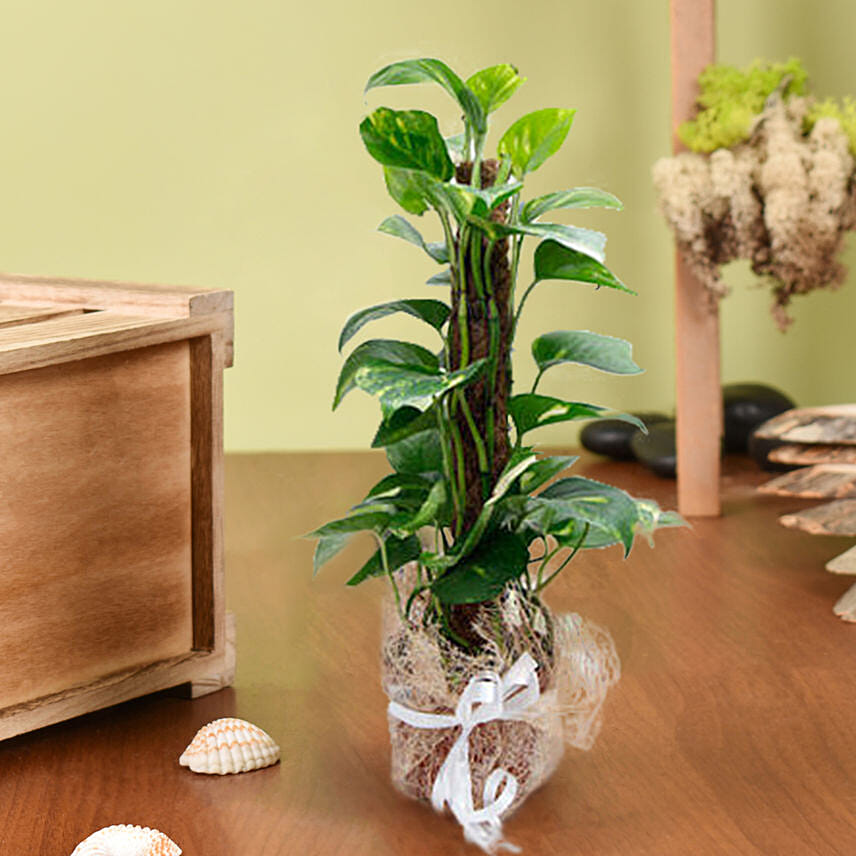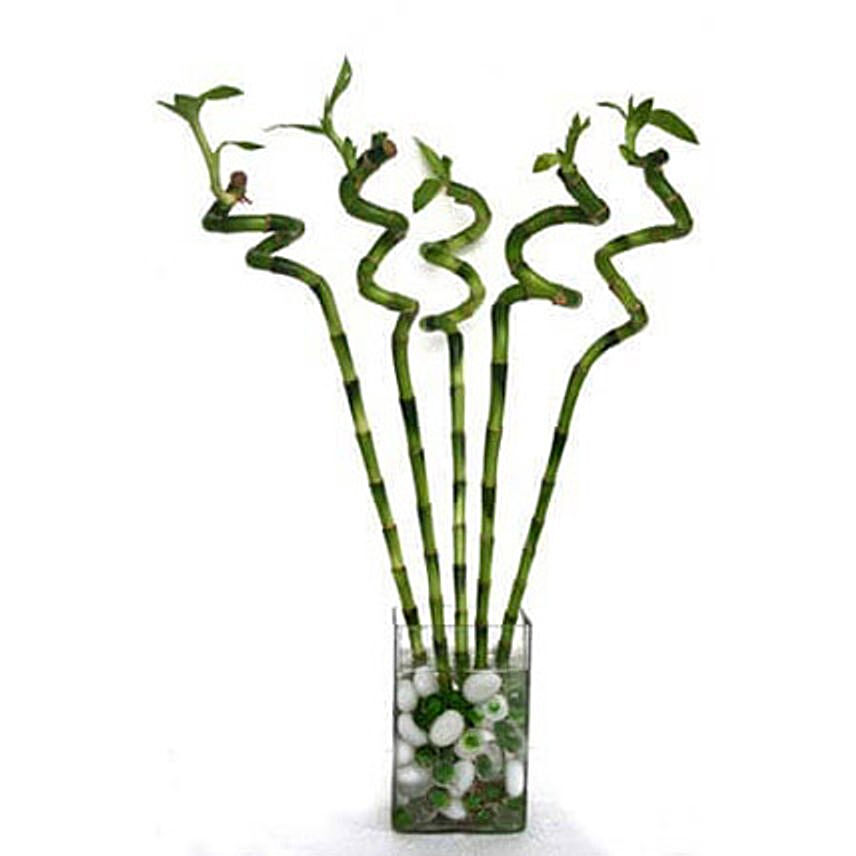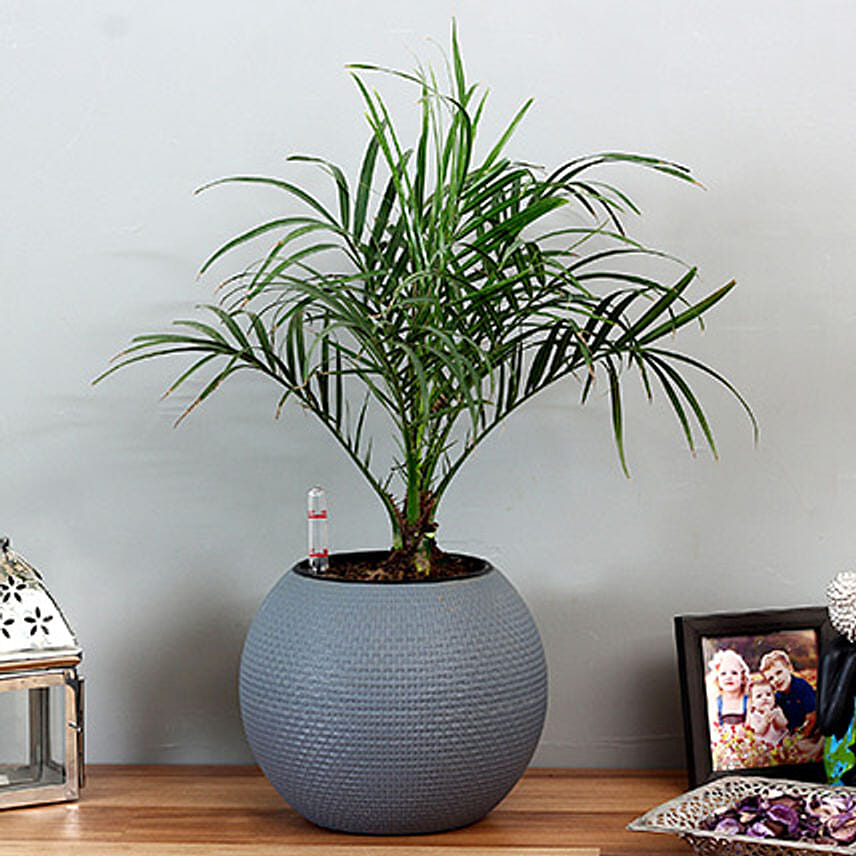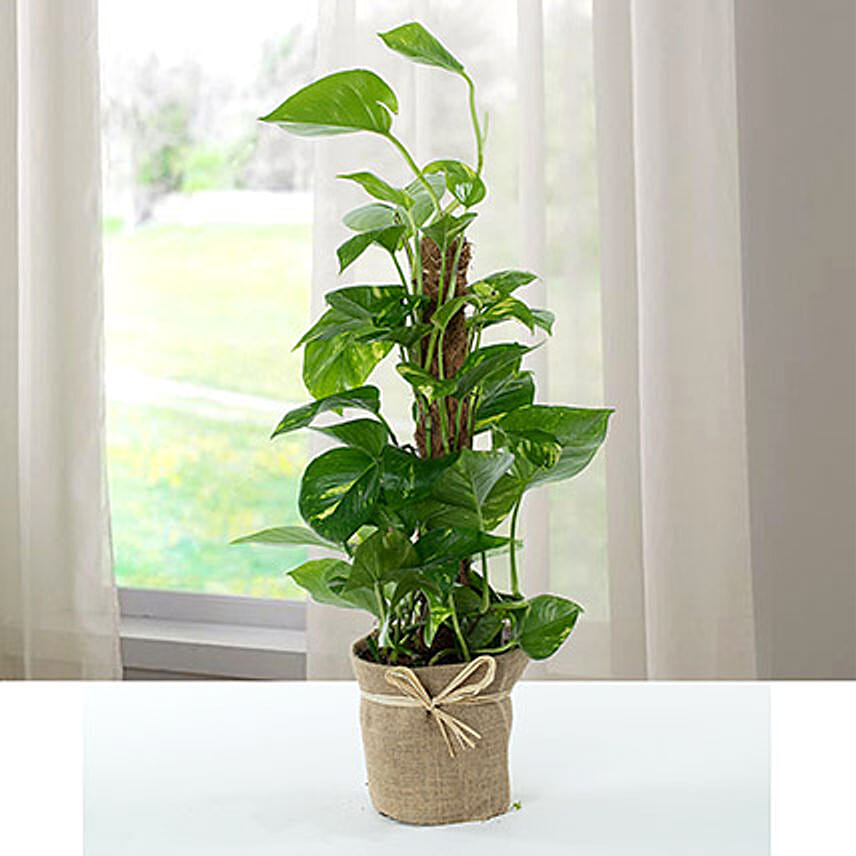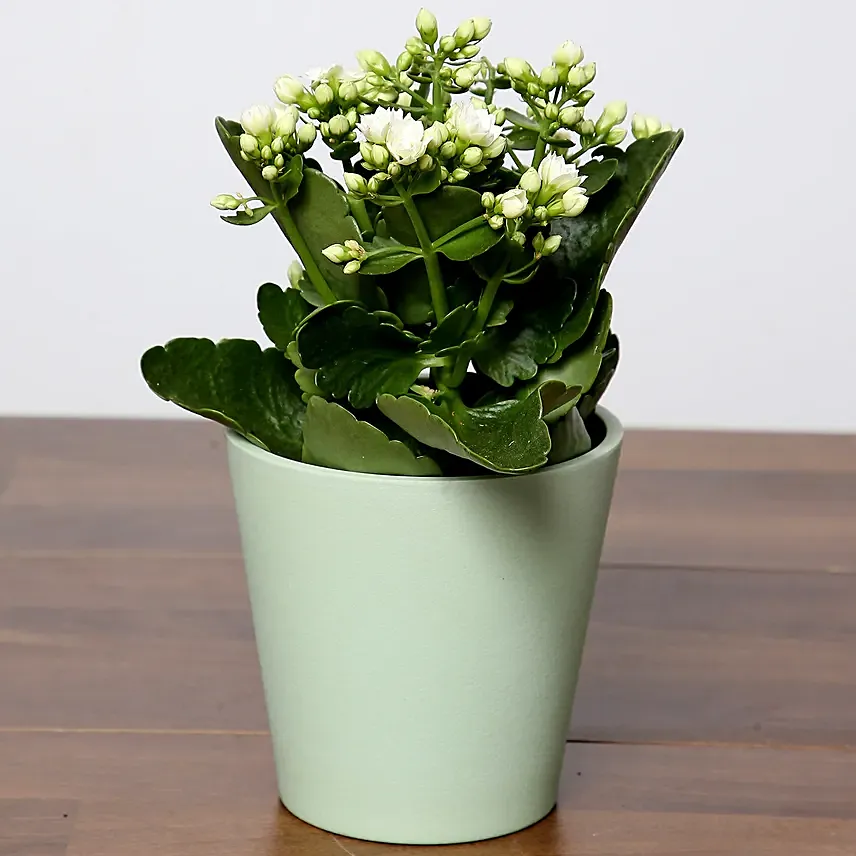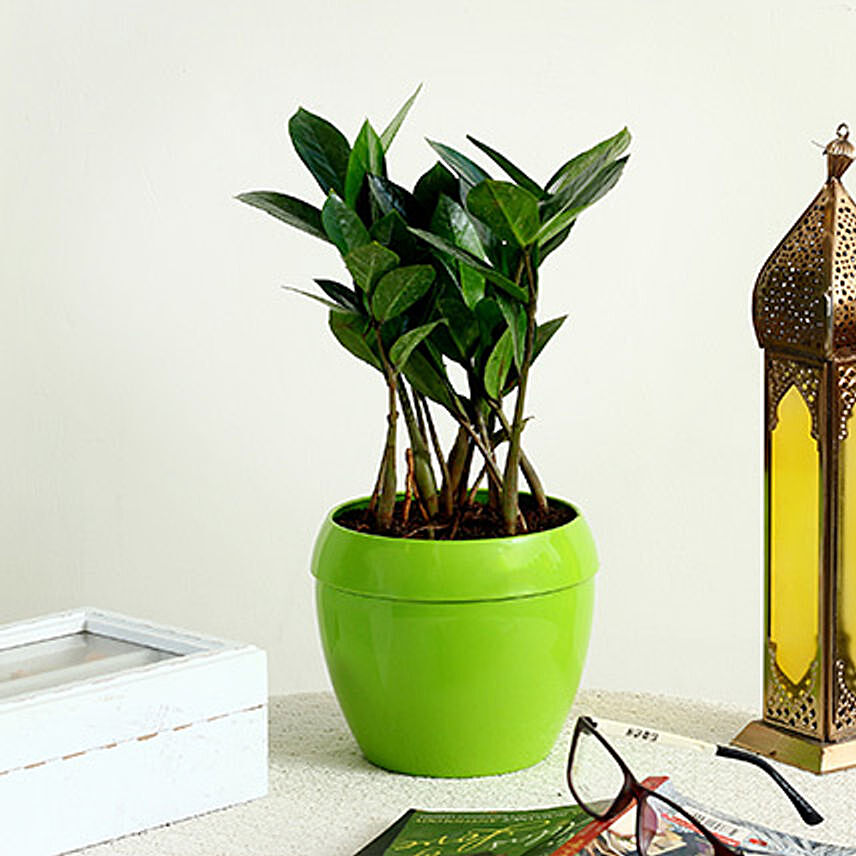What Makes Baobab The 'Tree Of Life’?
- Author: Anushka Published: 8th October, 2021
Have you watched the movie Madagascar? O-kiz-ay! You must have seen a huge and resilient tree in the backdrop many times when Marty and his friends enjoyed the wanderlust in the vast landscapes of Africa. Yes - that’s a Baobab tree. The Baobab tree is a magical and mystical figure that stands proud in the magnificent landscapes of Africa. Also, it resembles an elephant because of its huge trunk and branches. But why are these trees so iconic and famously known as the tree of life? Well, listed below are some interesting facts about the favourite African tree.
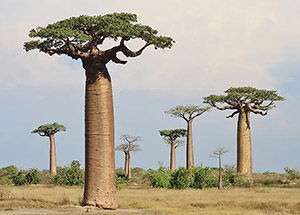
Live up to Thousands of Years
Baobabs are the largest succulent plants that can expand to enormous sizes and live up to 3000 years. This is one of the reasons they are known as the ‘Tree of life.’ They live and flourish in harsh, hot and dry conditions where most trees normally struggle to survive. Therefore, people today prefer keeping Baobab Bonsai at their home or office.
Store ~30,000 Gallons/120,000 Litres of Water
The Baobab tree can store up to 80% of water in its trunk and branches. When wild animals are not able to find water due to water scarcity, they tend to cut or chew the branches to sip up the water stored inside. Nomadic people also used to depend on these trees to have water when the rivers or other water bodies would run dry. It is one of the best outdoor plants to grow into a huge tree providing numerous benefits to both human beings and animals.
Has a Fruit That Heals
The Baobab tree has a fruit that is one of the most nutrient-dense foods in the world. Its fruits are known as Monkey bread or Cream of tartar fruit and are rich in several antioxidants such as vitamin A, vitamin C, magnesium, calcium and iron. The fruit has healing properties and is edible to both humans and other creatures.
Highly Dependable & Reliable
It can provide shelter, food, water, used for making ropes & clothes and its roots & leaves have medicinal properties to treat malaria, insect bites and fever. It is like huge oxygen plants providing fresh air to everyone.
The Upside-down Tree
Thanks to the root-like appearance of their thin and wispy branches, the Baobab goes by the name of upside-down trees.




